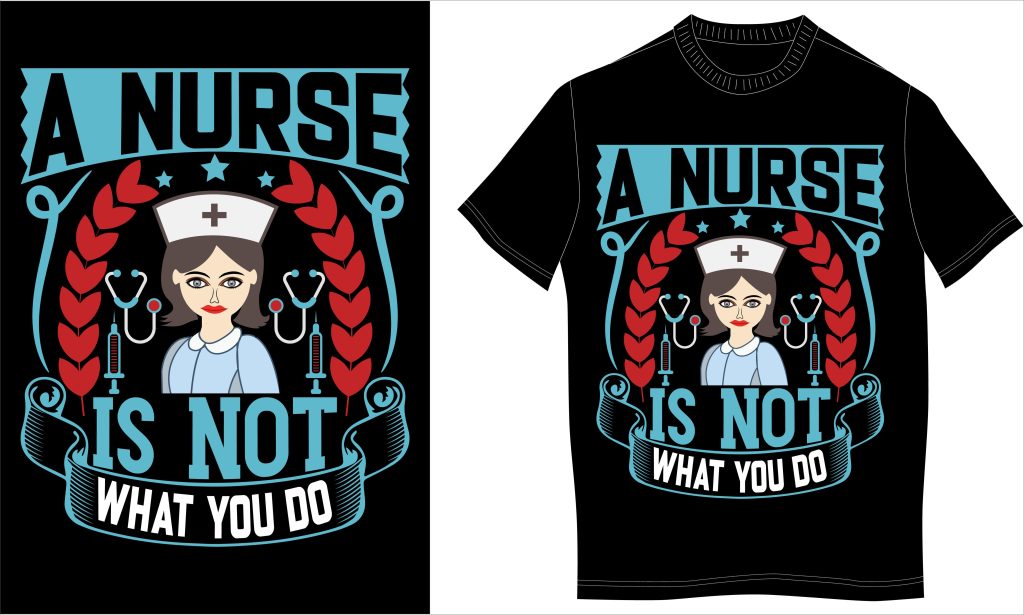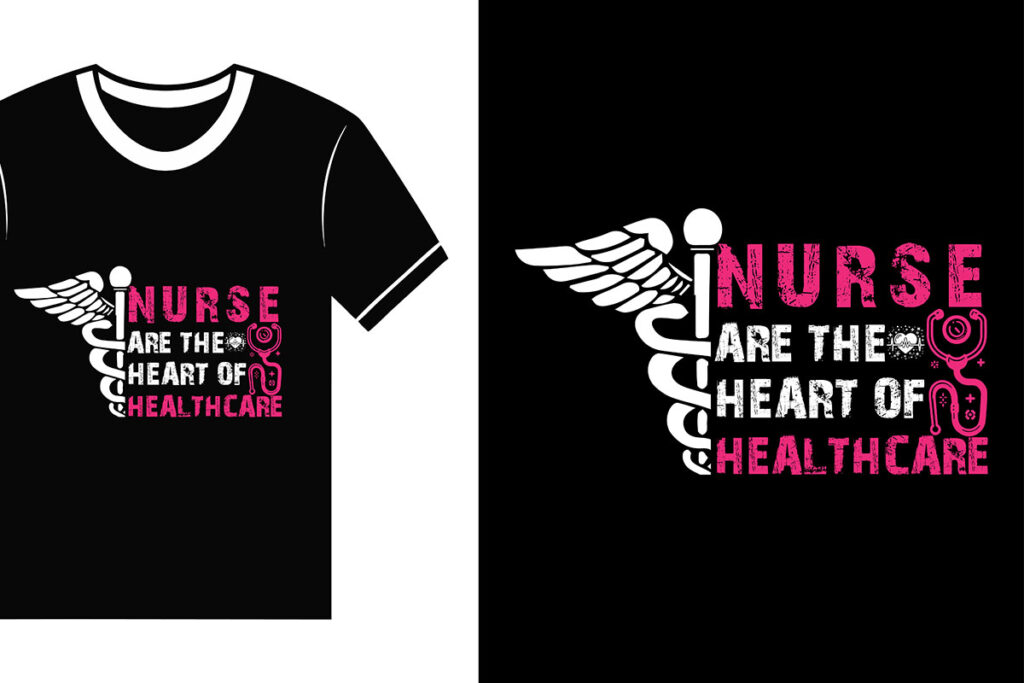DTF supplies are essential for anyone venturing into the vibrant world of Direct to Film printing. This innovative printing method allows for high-quality, detailed images to be transferred onto various fabrics, revolutionizing textile customization. To achieve stunning results, it’s crucial to have the right DTF printing equipment, including specialized printers and inks designed specifically for this process. Additionally, using quality DTF transfer films and adhesive powders can significantly enhance the durability and vibrancy of your prints. As the popularity of DTF printing continues to rise, understanding the necessary supplies and their applications will help you stand out in the competitive fabric printing landscape.
When we talk about textile printing methods, Direct to Film printing—or DTF—is taking center stage, thanks to its efficiency and exceptional print quality. This contemporary technique involves utilizing a unique transfer method that requires specific supplies for optimal results. To successfully embark on your DTF journey, you’ll want to gather appropriate DTF printing materials, such as high-quality transfer films and specialized adhesive powders. Furthermore, the choice of DTF printing equipment and inks plays a pivotal role in achieving vibrant and lasting designs on various fabric types. Embracing these essential tools and knowledge can set the foundation for successful and creative fabric printing.
Understanding DTF Printing: The Basics
DTF printing, short for Direct to Film printing, represents a cutting-edge technique in the world of textile printing. At its core, DTF printing transfers intricate designs directly onto fabric by utilizing a specialized transfer film that has been coated with adhesive powder. This modern process stands out for its ability to produce stunning, high-quality images that are both vibrant and durable, making it a favorite among apparel decorators and fabric printers.
The DTF printing workflow begins by printing the desired image onto a specially formulated transfer film using a compatible inkjet printer. Once the image is printed, adhesive powder is sprinkled onto the wet ink before it is cured. This adhesive is essential, as it ensures that the ink bonds securely to the fabric during the subsequent heat pressing process. Understanding these foundational elements of DTF printing is crucial for anyone looking to delve into this exciting and versatile printing avenue.
Key Supplies for Successful DTF Printing
To embark on your DTF printing journey, securing the right supplies is crucial. The most important item on your list will be a compatible printer, typically an inkjet model that can handle DTF printing inks. Many users find success with models from the Epson series, which are known for their precision and high-quality output. Additionally, your choice of DTF transfer films plays a pivotal role in achieving optimal results—these films should be selected based on their quality and transparency, as they directly influence the final print’s appearance.
Another vital component is DTF adhesive powder, which is essential for ensuring that your prints maintain their durability after washing and wearing. This powder needs to be of high quality and formulated specifically for use with DTF inks, as this compatibility can greatly affect the adhesion and longevity of the printed design. Finally, investing in a reliable heat press will facilitate perfectly transferring your designs onto fabric, ensuring even heat and pressure for a professional finish.
Types of DTF Transfer Films Available
When it comes to DTF printing, understanding the various types of transfer films available is crucial for achieving the best results. Generally, you will find two primary types of DTF transfer films: transparent and white. Transparent films are excellent for designs featuring vibrant colors, allowing the substrate fabric’s color to influence the overall look. Conversely, white films work best for achieving true color fidelity in designs, as they create a solid base for printing detailed graphics.
Choosing the right transfer film also involves considering the fabric you’ll be printing on. High-quality films are necessary to ensure the finest detail is maintained in your printed designs. Additionally, the film must undergo proper handling during the printing and heat transfer processes to avoid any imperfections in the final product. By carefully selecting the appropriate DTF transfer film for your projects, you set the stage for creating visually stunning artwork on fabric.
Choosing DTF Inks: What You Need to Know
Selecting the right inks for DTF printing is paramount for achieving high-quality results. Most commonly, DTF inks are water-based, designed to provide excellent adhesion to both the transfer films and the fabrics they will be applied to. When choosing your DTF inks, ensure that they match the specifications of your printer, as compatibility is key to achieving optimal performance. Quality inks not only enhance the vibrancy of your prints but also significantly boost their wash durability.
Another aspect to consider is the formulation of DTF inks. Many suppliers offer formulations that are tailored to specific fabric types, including cotton, polyester, and blends thereof. Always opt for high-quality inks that promise resistance against fading, allowing your designs to maintain their sharpness and color vibrancy through multiple washes. By investing in high-quality DTF inks, you ensure that your printed fabrics look remarkable and stand the test of time.
Navigating DTF Adhesive Powder Selection
DTF adhesive powder is a critical component in the Direct to Film printing process, as it enables the printed design to bond seamlessly with the chosen fabric during the heat transfer process. When selecting adhesive powder, consider its quality and formulation to ensure compatibility with both your DTF inks and the specific materials you are printing. High-quality adhesive powder ensures that your prints achieve the durability needed to withstand repeated washing and wearing.
Proper application of DTF adhesive powder is paramount for achieving consistent results. Over-application can lead to excess residue on your printed designs, which might impair their appearance and feel. Therefore, practicing consistent application techniques and understanding the required quantity for various projects is crucial. A successful heat press transfer ultimately depends on the adhesive’s performance, making it vital to prioritize selection and handling of this essential supply.
Best Practices for DTF Printing Performance
To obtain the best possible results in DTF printing, adhering to established best practices is vital. This begins with preparing your fabrics properly, which might include pre-treating certain materials to enhance the adhesion of the print. Each type of fabric has unique properties, so understanding the needs of cotton, polyester, or blends will ensure you achieve the intended results without issues. A diligent approach to fabric quality can significantly impact the final print’s vibrancy and durability.
Another essential practice involves maintaining your DTF printer. Regular cleaning of the print heads and routine checks of ink levels are necessary to avoid print quality degradation. Routine maintenance not only extends the lifespan of your equipment but also ensures that every print maintains its highest quality, from vibrant colors to sharp details. Following these best practices can greatly enhance your overall DTF printing experience and ensure satisfied clients.
Frequently Asked Questions
What are DTF supplies essential for Direct to Film printing?
Essential DTF supplies for Direct to Film printing include specialized inkjet printers, water-based inks, DTF transfer films, adhesive powder, and heat presses. These components work together to ensure high-quality prints on various fabrics.
How do I choose the right DTF transfer films for my printing project?
When selecting DTF transfer films, consider the type of fabric you will be using, the design requirements, and whether you need transparent or white films. High-quality films ensure accurate representation of details and strong adhesion during the heat pressing process.
What role does DTF adhesive powder play in the Direct to Film printing process?
DTF adhesive powder is crucial as it bonds the printed ink on the transfer film to the fabric during the heat press application. Using a compatible, high-quality adhesive powder enhances print durability and prevents peeling after washing.
Can I use any printer for DTF printing, or do I need specific DTF printing equipment?
For optimal results in DTF printing, you need specialized DTF printing equipment, specifically designed inkjet printers like the Epson series. These printers are compatible with water-based DTF inks and can achieve the required quality for fabric printing.
What maintenance is required for my DTF printing equipment?
Regular maintenance of your DTF printing equipment includes cleaning print heads, checking ink levels, and ensuring proper functionality of your heat press. Consistent upkeep helps maintain print quality and extends the lifespan of your equipment.
What advancements have been made in DTF supplies recently?
Recent advancements in DTF supplies include innovations in inks and transfer films, which improve wash durability and flexibility. This ongoing development enhances print quality and accessibility for businesses looking to adopt DTF printing technology.
| Key Point | Details |
|---|---|
| What is DTF Printing? | A method for transferring images onto textiles using a special transfer film and adhesive powder. |
| Essential Supplies | 1. Printers: Typically Epson series for high resolution. 2. Inks: Water-based inks for vibrant prints. 3. Transfer Films: High-quality films, transparent or white. 4. Adhesive Powder: Ensures ink bonds to fabric. 5. Heat Press: Controls temperature and pressure accurately. |
| Recent Developments | Advancements in inks and films lead to better durability and affordability of supplies. |
| Best Practices | 1. Fabric Preparation: Pre-treat fabric for better adhesion. 2. Printer Maintenance: Regular upkeep for quality prints. 3. Handling Supplies: Store properly and manage adhesive application. |
Summary
DTF supplies are essential for anyone looking to venture into the world of Direct to Film printing. This innovative approach to fabric printing allows for high-quality, durable designs that stand out. By ensuring you have the right printers, inks, transfer films, adhesive powders, and heat presses, you set the stage for exceptional textile customization. As the DTF printing technology evolves, staying informed about the latest advancements and adhering to best practices will enhance your results and streamline your processes. With the right DTF supplies at your disposal, creating stunning fabric designs becomes not just a goal but an achievable reality.



